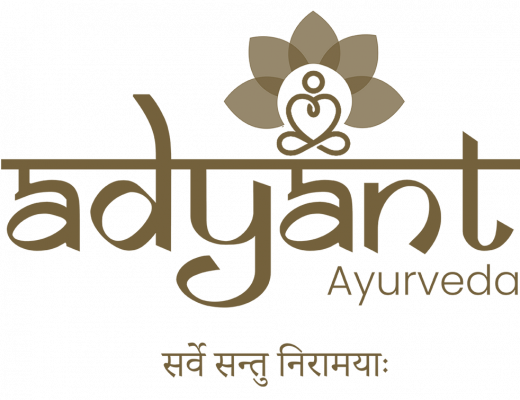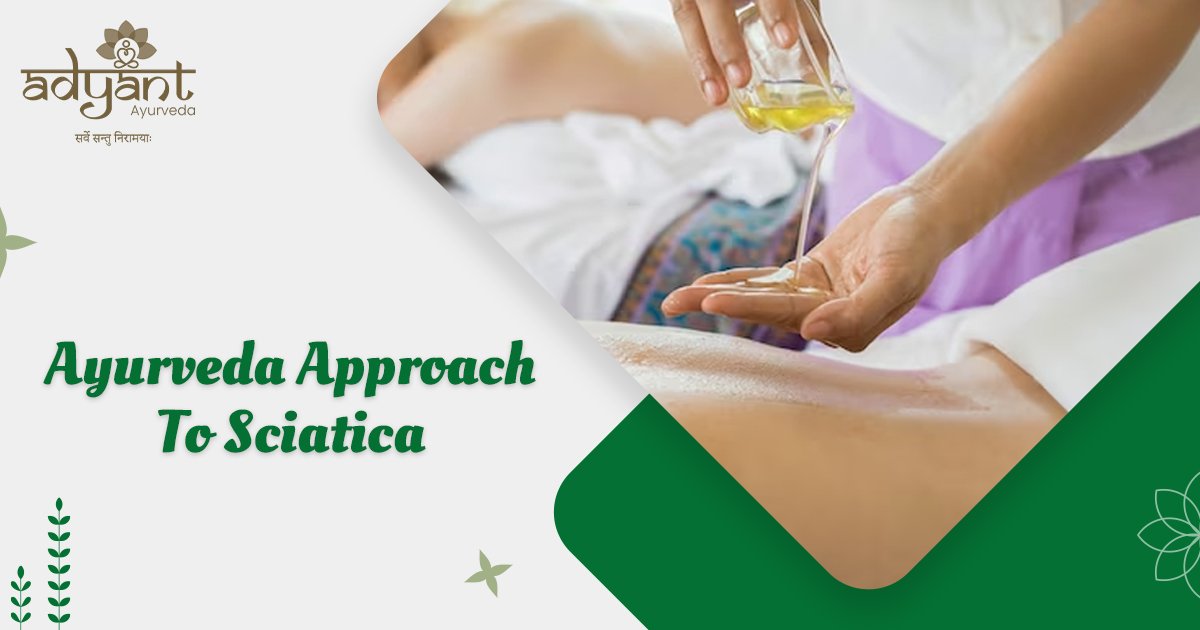Table of Contents
Toggle Frequently Asked Questions (FAQs)
Frequently Asked Questions (FAQs)
Q1. How long does Ayurvedic treatment take for sciatica?
Acute cases may take 2–3 weeks, while chronic ones may need 1–3 months, including Panchakarma and internal medication.
Q2. Can Ayurveda completely cure sciatica?
Yes, especially in early to moderate cases. Ayurveda focuses on root cause removal, not just symptom relief.
Q3. Is Panchakarma compulsory for everyone with sciatica?
Not always. Mild cases may be managed with therapies and medication. Panchakarma is needed in stubborn or chronic conditions.
Can Ayurveda completely cure sciatica?
Ayurveda offers significant relief from sciatica by addressing the root cause, balancing the doshas, and rejuvenating the nervous system. While results vary by individual and severity, many patients experience long-term or complete relief with consistent treatment and lifestyle changes.
How long does Ayurvedic treatment take to relieve sciatica pain?
Depending on the severity and chronicity of the condition, noticeable relief can begin within 7–21 days. Chronic cases may need longer treatment plans, including multiple Panchakarma cycles and sustained herbal medication.
Which Panchakarma treatment is best for sciatica?
Basti (medicated enema) is considered the most effective Panchakarma therapy for sciatica as it directly targets Vata dosha. Virechana, Abhyanga, and Kati Basti are also used based on the doshic imbalance.
Is Ayurvedic treatment safe for elderly patients with sciatica?
Yes, Ayurvedic treatments are gentle and can be safely tailored for elderly patients. However, therapies should always be supervised by a qualified Ayurvedic doctor to account for age-related conditions like osteoporosis or diabetes.
Can I continue modern medicine along with Ayurvedic treatment?
It is usually safe to take both, but always consult with both your Ayurvedic and allopathic doctors to avoid any herb-drug interactions and manage dosages effectively.
What oils are used for Ayurvedic massage in sciatica?
Mahanarayana taila, Dhanwantharam taila, Bala taila, and Sahacharadi taila are commonly used for their Vata-pacifying and anti-inflammatory properties.
Will I need to follow a strict diet during treatment?
Yes, following a Vata-pacifying diet is crucial for best results. Warm, freshly cooked meals with ghee and spices like ginger and turmeric are recommended. Cold, dry, or fried foods should be avoided.
Can yoga help with sciatica, along with Ayurveda?
Yes. Specific asanas like Bhujangasana, Pawanmuktasana, and Makarasana improve flexibility, reduce nerve compression, and support healing. Always practice under expert guidance.
Is hospitalization required for Ayurvedic sciatica treatment?
Not always. Some Panchakarma therapies may require short stays at the clinic, but many treatments are done on an outpatient basis. Your doctor will decide based on your condition.
Why should I choose Adyant Ayurveda in Bangalore for sciatica?
Adyant Ayurveda offers over 24 years of expertise, personalized diagnosis, and authentic Panchakarma therapies by experienced Ayurvedic doctors. With four centers across Bangalore, it provides convenient and comprehensive care.






